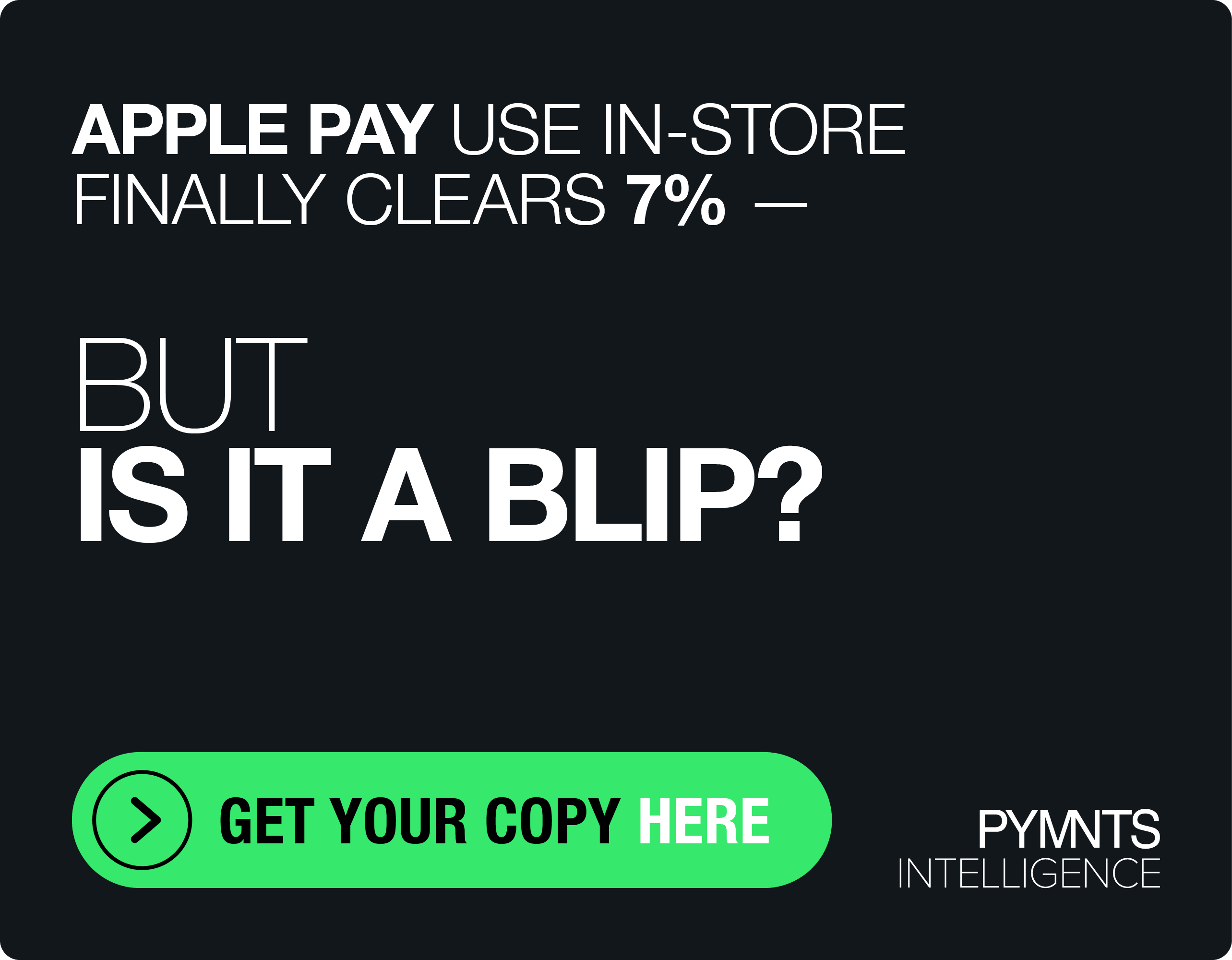Sensus Labs Democratizes In-Store Tracking
The fewer the pairs of feet that make their way to physical stores, the more retailers want to know what paths they travel once they’re inside. Specifically, retailers would like to know everything from how consumers move from section to section, where they hover and buy, and where they hover and don’t buy.
“Retailers need this data in order to know what’s going on within their stores,” said Aviral Chandra, founder of Sensus Labs, an indoor positioning and navigation company. “They need to understand their consumers’ preferences when a certain product is not available.”
Sensus Labs, based in San Francisco, has developed high-tech — and, they say, highly accurate — sensors that can be attached to carts moving around a retail space — or to sales associates who move with consumers around the store. The sensors can also be attached to baskets at grocery stores and Sephora or mesh bags given at Victoria Secret. Chandra said that their sensors can be located in any indoor space with an accuracy of 30 centimeters. In other words, he said, a highly accurate measure of what consumers are doing in the store.
Chandra contended that the traditional methods — like cameras —lack precision. Cameras can locate the shopper, but there are certain limitations as well. They detect similar objects, which humans are not: Each shopper looks different. Cameras can detect uniform and symmetrical objects but have a hard time detecting human beings because of the fact that humans are not symmetrical. Ultimately, it is difficult to discern who is in the store and just what exactly they are doing there. And beacons can’t be used for locating a customer with any precision, but simply for communicating with them.
“We help the retailer know where the consumer went on their shopping journey,” said Chandra. “Where did the consumer shop? How long did they shop? And what are the different paths that shoppers are taking during their visit — and how does that vary across different times of the day?”
Chandra said the data that is gleaned — and sent to the retailer’s internal app — from these sensors is similar to the data that they glean from looking at online analytics: where a customer goes on different pages, the amount of time spent on certain pages and the path to finally purchase — or abandon — an item. And, Chandra said, at a fraction of the price of other retail sensors that don’t provide as much precision.
Currently, a technology with this capability can run a retailer upwards of $20,000 per store per day. While the retailer may not commission the technology for an entire year, but rather a few months, that cost can still add up.
But sensors on baskets and carts aren’t where the buck stops. Some stores like Lululemon, J.Crew and Gap don’t even have baskets.
“Shopping carts is one part of it,” said Chandra. “The other part of it is related to staff in the store.”
What many stores without baskets and carts have is customer service, something that is in dire need of metrics and improvement from those metrics.
“Retailers want to solve for what the assisted shopping experience should look like and how many people should be in the store responsible to help with the shopping experience,” said Chandra. “Retailers want to understand the best experience that can be delivered, which can engage people better and which can improve their bottom line.”
For example, when a customer enters a store location, there’s one person who greets, there’s one person who takes the customer through the store and helps sell and answer questions related to products, and then there is another who finishes the deal at checkout.
“Now what they’re using is cameras, and it is almost impossible to detect where you are and where the staff is going,” said Chandra. “So to solve for the interaction, retail will want to use these sensors to work with cameras and compensate for their shortcomings.”
One of Sensus Labs’ missions is to take the shopping experience to the next level. Customers have already learned how to shop online, and thus when they show up in-store, they want somewhat of a similar experience focused on convenience.
“Retailers can’t afford to confuse you even more when you go into their store,” said Chandra. “People expect convenience when they go into a store, and when you don’t deliver that, they won’t come to your store.”
Ultimately, he said it boils down to learning the decision tree of the customer and if it expands or contracts if someone talks to them or they can’t find a certain item or the store layout is affecting their purchasing conclusion. And that tree begins with locating the person from the very instant they enter the store.
“Unless you can locate someone, you won’t be able to understand what they need,” said Chandra. “And if you don’t understand that, you won’t be able to deliver.”
